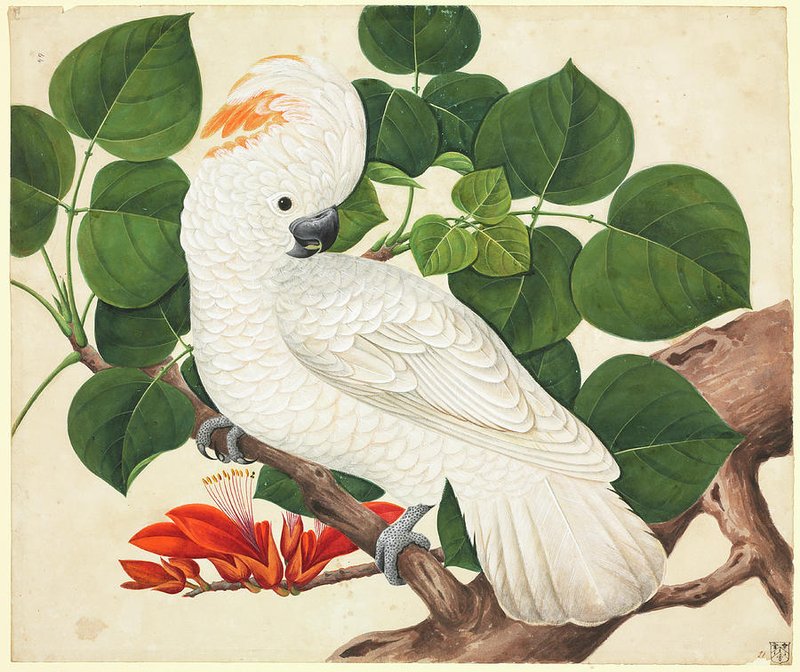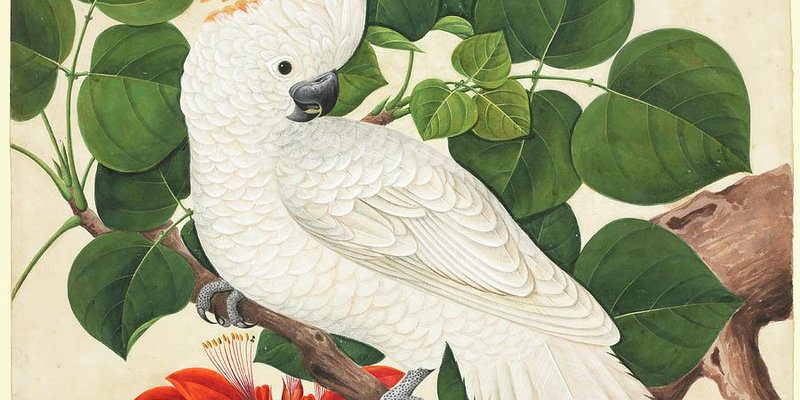
The cockatoo is a part of the family Cacatuidae, composed of around 21 different species, each with its unique traits and behaviors. They hail primarily from Australia, New Guinea, and nearby islands, where they roam lush forests, urban areas, and savannas. If you’re curious about how these birds evolved into the charming and intelligent creatures we see today, let’s start at the beginning.
The Origins of Cockatoos
Cockatoos belong to a larger group known as psittaciformes, which also includes parrots. The earliest ancestors of cockatoos likely emerged around 40 million years ago. Fossil evidence points to their roots in Australia and nearby regions, where they thrived in various habitats. Over time, these ancestors developed characteristics that made them distinct. Their banded coloration and stunning crests evolved as adaptations for communication, mating, and social interaction.
Interestingly, scientists believe that climate changes played a significant role in shaping the cockatoo’s evolution. As ancient forests shrank and diversified, cockatoos adapted to new environments. Some species became more social, forming flocks for safety, while others developed habits to survive in harsher climates. This adaptability is a defining feature of cockatoos, allowing them to flourish in a range of ecosystems.
While the evolution of cockatoos may be a matter of natural selection, it’s also a story of human connection. These birds have been companions and symbols in various cultures, from Australia’s Indigenous peoples to modern pet owners. Their captivating presence has a way of bridging the gap between nature and our daily lives.
Cockatoo Species and Their Unique Traits
There are several species of cockatoos, each with its unique characteristics and charm. Here’s a brief overview of some of the most well-known:
- Sulphur-crested Cockatoo: Recognized for its striking yellow crest, this species is highly social and often seen in flocks.
- Umbrella Cockatoo: With its broad, fan-like crest, this species is known for its playful and affectionate nature.
- Rose-breasted Cockatoo (Galah): This charming bird is identifiable by its pink and grey feathers and lively personality.
- Black Cockatoo: Found mainly in Australia, these species have powerful bills and striking plumage.
Each species not only brings a unique look but also different behaviors and calls. Their vocal abilities are impressive, with some species capable of mimicking human speech and even environmental sounds. This talent makes them popular pets but also highlights their intelligence and adaptability in the wild.
The cockatoo’s vibrant colors and social nature have also inspired countless artists and cultures. From Aboriginal art to modern graphics, these birds are often seen as symbols of freedom and joy, connecting them even further to human expression.
The Role of Cockatoos in Ecosystems
Cockatoos play a crucial role in their environments. As seed dispersers, they help maintain forest ecosystems. When they feed on fruits and seeds, they help propagate plants, allowing forests to regenerate and thrive. It’s a beautiful cycle of life, where these birds contribute to the health of their habitats.
Moreover, cockatoos have their share of predators, which keeps their population in check. They interact within a delicate balance of the food web, and any disturbance to their numbers can lead to ecosystem imbalances. Thus, protecting cockatoos is essential not just for their survival but for the health of the environments they call home.
Unfortunately, habitat destruction poses a significant threat to many cockatoo species today. As urbanization expands and forests are cleared, their natural habitats shrink. Conservation efforts are critical to ensuring these stunning birds continue to grace the skies. By protecting their environments, we also preserve the beauty and diversity of our planet.
Cockatoos in Human Culture
Throughout history, cockatoos have held special places in human culture. In Indigenous Australian traditions, these birds symbolize connection to land and community. Their vibrant plumage and captivating behaviors have inspired myths and stories, reflecting a deep respect for nature.
In more modern times, cockatoos have become popular pets, cherished for their intelligence and playful personalities. It’s not unusual to find them mimicking their owners or engaging in playful antics. However, owning a cockatoo is a significant commitment. They’re social creatures that require attention, mental stimulation, and care.
The popularity of cockatoos as pets has also led to challenges. Some species are threatened due to illegal trapping for the pet trade, highlighting the need for responsible ownership and conservation efforts. Advocating for ethical treatment and understanding the needs of these birds is vital for their survival in the face of growing challenges.
Conservation Efforts and Challenges
As we’ve seen, cockatoos face numerous threats, primarily due to habitat loss, illegal trapping, and climate change. Conservation organizations worldwide are working diligently to protect these birds. Efforts include habitat restoration, legal protections, and educational programs to raise awareness about their plight.
One notable initiative is habitat restoration in Australia, where efforts are made to replant native vegetation that supports cockatoo populations. These programs not only benefit cockatoos but also other native species, creating healthier ecosystems overall. It’s a win-win situation that showcases the interconnectedness of life.
Additionally, raising public awareness about the risks of illegal wildlife trade is crucial. Many organizations focus on educating potential pet owners about the responsibilities involved, promoting adoption rather than buying, and encouraging support for conservation programs.
It’s heartening to see communities come together to protect these extraordinary birds. When individuals and organizations unite toward a common goal, positive change can happen.
The Future of Cockatoos
Looking ahead, the future of cockatoos depends on our collective efforts. With increasing awareness of conservation issues and habitat protection, there’s hope for these birds. Engaging in sustainable practices, supporting local conservation efforts, and advocating for the protection of natural habitats can make a difference.
You might be wondering how you can help. One way is to support wildlife organizations that focus on cockatoo conservation. Volunteering or spreading awareness about the importance of protecting these birds in your community can also contribute positively. Each small action adds up, demonstrating how interconnected we all are with the world around us.
Ultimately, the cockatoo’s story is one of resilience and adaptation. Their ability to thrive despite challenges is a testament to their spirit. As long as we prioritize their protection and cherish their place in our ecosystems, we can ensure that cockatoos continue to captivate generations to come.
In conclusion, the history and evolution of cockatoos is a rich tapestry woven through time, culture, and resilience. Understanding their past allows us to appreciate these beautiful birds even more and reinforces the importance of preserving their futures. Let’s celebrate the cockatoo—and all the joy it brings—by committing to protect the incredible ecosystems they inhabit.

